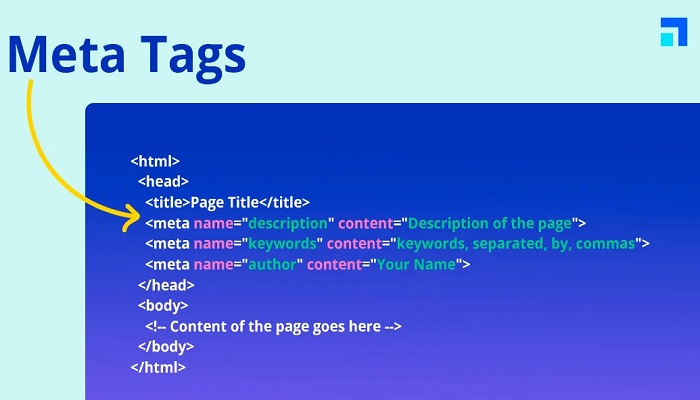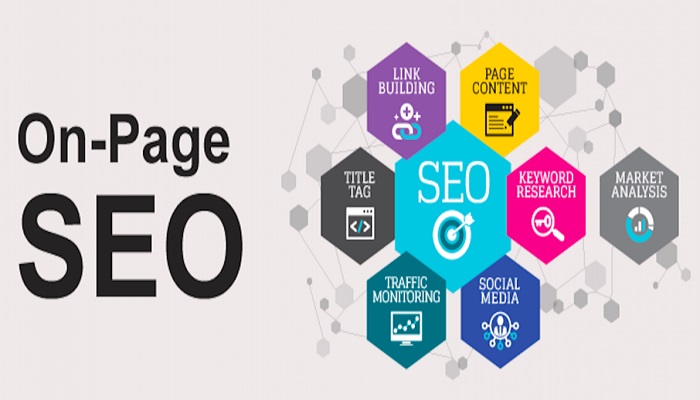Search Engine Optimization (SEO) refers to techniques that can be done on blog posts, websites, or web pages to enable it to rank higher on the search engine result page (SERP)
SEO exists in two forms, it can be either On-Page SEO or Off-Page SEO
On-page SEO refers to those SEO techniques that can be done on a blog to enable it to rank higher.
On the other hand, Off-Page SEO is those SEO techniques that can be done outside the blog for better search engine ranking.
In this post, we are going to fully focus on the best and most effective On-Page SEO to enhance our blog search engine ranking.
Best On-Page SEO Techniques
1. Include Page or Post Titles
The title of your post and page is one of the essential SEO techniques for every blog or site.
Each of your blog pages or posts should have a unique title, which is expected to include the main keywords for that post.
For example, if you are writing a fantastic blog post on “how money can be made online”, your post title should include keywords like “make money online” within its title.
By so doing whenever someone searches for “how to make money online” in the search engine, your post will have a better chance of showing up because you have included those keywords.
2. Use of Meta Descriptions
Most people always forget to use meta descriptions on their pages and posts. It is the meta description that will appear below the post title on the search engine.
Each post meta description is also expected to include the keywords used in the post title. It should also look cute with a few words always less than 160 words for most search engines.
If you have an attractive meta description, once your post appears on the search engine, people will be convinced to click on it, to see what you have to offer.
3. Make Use of Meta Tags

For each page or post, you create – you should include a set of keywords in the form of meta tags. It should contain all relevant keywords in your content, which you must have researched for.
If you are running your blog on the WordPress platform, the title, description, and meta tags – can easily be included with the use of SEO plugins.
The Yoast SEO and the All in One SEO Pack are amazing, as they simplify the use of meta tag keywords, meta descriptions, As well as page titles, and many more.
4. Use Proper URL Structure
For better SEO results, the URL structure of each post should be search engine friendly; this will increase the crawling rate.
List of best URL structure
- The URL of each post or page should not exceed 12 words for the best SEO result.
- URL should include the targeted keywords.
- URL extension should be in words and not numbers.
- Avoid every unnecessary stop word in each URL.
5. Use Header Tags Appropriately (H1, H2 & H3)
For better SEO, you are expected to break your post contents into sections and paragraphs to enhance readability.
Each section should be given an H-tag – say H1, H2, or H3. Search engines make use of the H tag to determine the important words in your content.
Also, ensure you include the keywords in at least one of the H tags, it helps the search engine crawlers to identify your online content, therefore ranking it better.
6. Keyword Density on Contents
It is vital to include relevant keywords throughout each of your content.
It will help the search engines to know that your content is straightforward.
While including your keyword on your post contents do not excessively or overuse the keywords, doing so may prevent search engines from displaying that every web page in its result.
7. SEO Images
The use of images makes your site visually appealing. Just as you give a title to each of your pages.
Every uploaded image should have a “Title“, as well as an “Alt” and “Description“, which should include keywords that can help people easily find your site with Google image.
8. Internal Linking
Ensure that you place links to your other web posts and pages. Adding links is a way of boosting your site usage.
Internal links are an excellent weapon for SEO; they also make it easier for your site visitors to navigate and find all of your content.
At the same time, it ensures that your site gets adequate crawling thereby allowing search engines to see all of your pages easily.
And finally, internal links help to increase the Google page rank of each of your pages. It helps your site users to navigate easily.
The best way to add internal linking for SEO is by manual or with the use of HTML.
RELATED ARTICLES



Really informative, thanks for sharing this!
Thanks for this piece mate… It really added value. Great content at that.